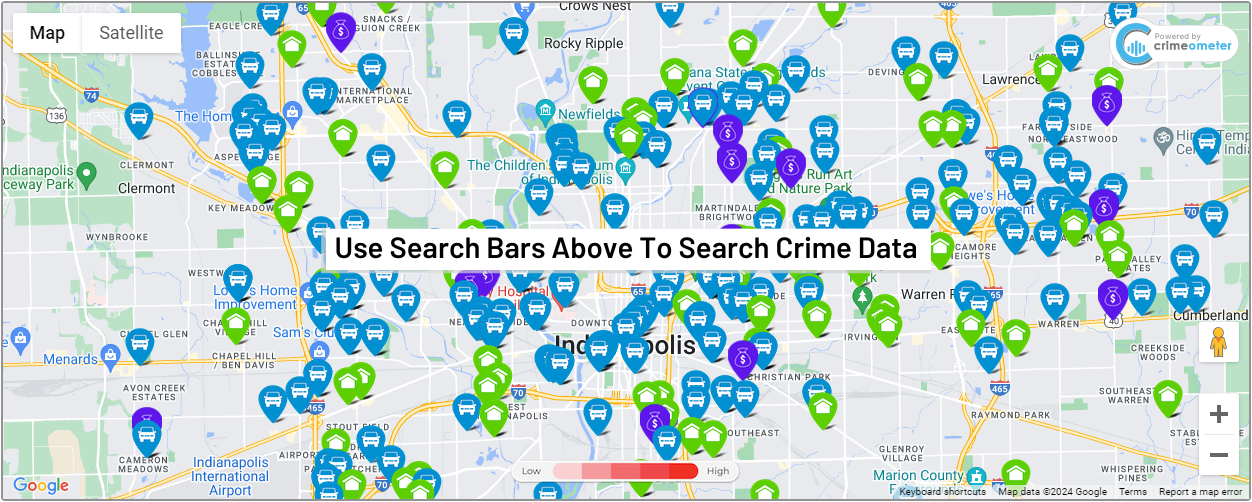Police body camera program in works, funding biggest hurdle
INDIANAPOLIS (WISH) – The Indianapolis Metropolitan Police Department said it’s working to find the money to supply its 900 patrol officers with body cameras.
The push for the program spiked after a police action shooting earlier this week left a teenager dead. Investigators say 15-year-old Andre Green tried to ram officers with a stolen car. Two officers shot at him, killing him.
After the incident happened, people were expecting to see body camera footage, but there isn’t any. The pilot program IMPD deployed in the spring ended last month.
In Lt. Mark Wood’s hands is a simple tool that he feels wields immeasurable power. It was one of the body cameras officers wore weeks earlier while out in the field, capturing video during their shifts.
“(The camera) is not biased one way or the other. The video is what it is,” he said. “So having that to be able to take to the public and say this is what happened, you look for it, look at it, you judge it for yourself is a tremendous tool for us.”
The public got that chance last month when IMPD released body cam footage from the police action shooting that resulted in the death of Mack Long. But there was nothing, not even cell phone video the night Green was shot and killed. The news didn’t sit well with Ten Point Coalition leader Rev. Charles Harrison.
“It became concerning to me that it was going to be the police’s word against what I heard yesterday, an eye witness that had a little twist to what they saw happen,” he said.
Harrison talked about those concerns with Police Chief Rick Hite over the phone today. He and other community leaders implored the department start a body camera program, a move seen all across central Indiana.
The Greenwood Police Department spent $45,000 last year to bring put cameras on all of its officers.
“$45,000 would not even begin to scratch the surface on one of our districts,” said Lt. Wood. The cost would come closer to seven figures.
According to the Indianapolis Mayor’s Office, the project would cost $2 million for the first three to five years. That money includes buying 900 cameras for patrol officers and storing the video. Right now, the city said it can afford spend $200,000 through grant matches.
“We want to be aggressive about this, we want to get this out as soon as possible and of course if we had our way we would have them out there tomorrow,” said Lt. Wood.
The city’s proposed 2016 budget, which includes body camera funding, will be presented to the council next week.
If for some reason the city cannot secure grant funds, it plans to work with the council to find other sources of money.
Lt. Wood said the Evansville police department deployed a body camera program for its 250 officers.
In its first year, he said the department saw complaints drop by 60 percent.
“If complaints are dropping by that much, then something positive is happening. Something positive is happening with the behavior of our officers, the behavior of the public, and those interactions are much more successful, much more amenable than they were before,” he said.





